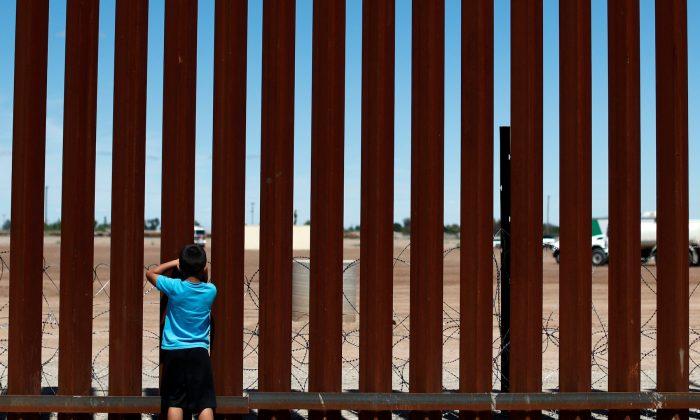A federal judge has rejected a lawsuit that House Democrats had wanted to use to block President Donald Trump’s plan to divert funds to help build a border wall.
“This is a case about whether one chamber of Congress has the ‘constitutional means’ to conscript the Judiciary in a political turf war with the President over the implementation of legislation,” McFadden wrote.
“[W]hile the Constitution bestows upon Members of the House many powers, it does not grant them standing to hale the Executive Branch into court claiming a dilution of Congress’s legislative authority,” he added.
“The Court therefore lacks jurisdiction to hear the House’s claims and will deny its motion.”
The Justice Department supported McFadden’s ruling. In a statement, a department spokesman said: “The court rightly ruled that the House of Representatives cannot ask the judiciary to take its side in political disputes and cannot use federal courts to accomplish through litigation what it cannot achieve using the tools the Constitution gives to Congress.”
Democrats were reviewing the ruling and are deciding whether to appeal, a spokesman for House Speaker Nancy Pelosi told Reuters.
Securing Funding for Border Crisis
Since taking office, Trump has demanded that Congress fund construction of a wall on the southern border—his landmark campaign promise. Democrats, whose votes are needed to reach the 60-vote threshold in the Senate, have thwarted all attempts.In December last year when the president stood by his campaign promise and refused to sign the spending bill that arrived on his desk withholding funds for a border wall, Congress missed a deadline to fund the government, triggering a partial shutdown. The shutdown stretched on for 35 days, between Dec. 22 and Jan. 25, the longest in United States history.
Trump enabled the transfer of $3.6 billion from the military construction budget toward wall construction. The president also ordered the shifting of an additional $3.1 billion, which did not require declaring a national emergency: $2.5 billion was transferred from Defense Department counterdrug activities and $601 million from the Treasury Department’s asset forfeiture fund.




